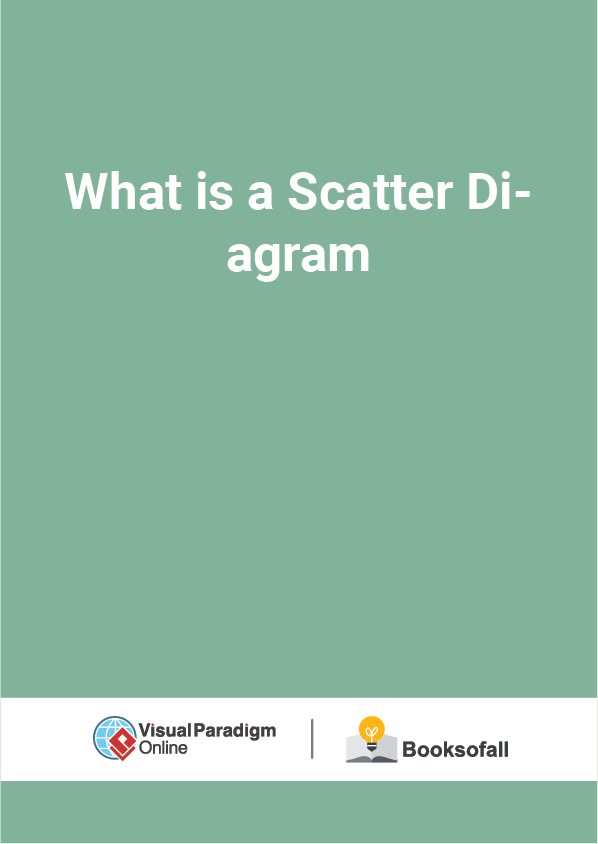What is a Scatter Diagram?
3-4 minutes
A scatter diagram (Also known as scatter plot, scatter graph, and correlation chart) is a tool for analyzing relationships between two variables for determining how closely the two variables are related. One variable is plotted on the horizontal axis and the other is plotted on the vertical axis. The pattern of their intersecting points can graphically show relationship patterns.
Edit this Diagram
Most often a scatter diagram is used to prove or disprove cause-and-effect relationships. While the diagram shows relationships, it does not by itself prove that one variable causes the other. Thus, we can use a scatter diagram to examine theories about cause-and-effect relationships and to search for root causes of an identified problem.
For example, we can analyze the pattern of motorcycle accidents on a highway. You select the two variables: motorcycle speed and number of accidents, and draw the diagram. Once the diagram is completed, you notice that as the speed of vehicle increases, the number of accidents also goes up. This shows that there is a relationship between the speed of vehicles and accidents happening on the highway.
Scatter Diagram Correlation Patterns
The degree to which the variables are related to each other depends on how the points are scattered over the chart. The more the points plotted are scattered over the chart, the lesser is the degree of correlation between the variables. The more the points plotted are closer to the line, the higher is the degree of correlation. The degree of correlation is denoted by “r”.
The following types of scatter diagrams show in the table tell about the degree of correlation between variable X and variable Y.











